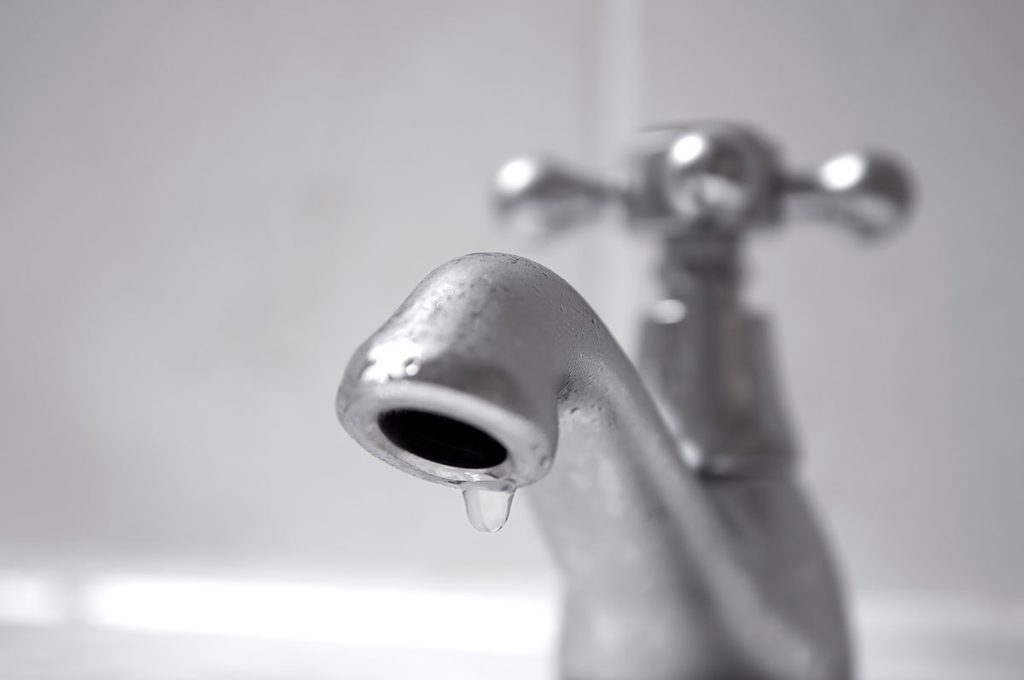
In April we celebrate Earth Day globally, an annual day to honor the earth’s environment and raise public awareness about pollution. This is the perfect time for each of us to think about ways we can help conserve our natural resources and protect our environment. With many years in the plumbing business, we can tell you one of the easiest places to start is through your home’s plumbing system. Whether little steps or big, you can leave behind a smaller footprint while saving money when you use eco-friendly plumbing.
Invest in Eco-friendly Plumbing Fixtures
Eco-friendly plumbing fixtures are a great place to start. Low flow showerheads can save you hundreds of gallons of water each year. If you install a rain-style showerhead, the water flow will cover a wider area in the shower but uses less water pressure, providing you with a comfortable shower while using less water.
According to the Environmental Protection Agency (EPA), faucets account for more than 15% of indoor household water use – that’s more than one trillion gallons of water across the U.S. each year! By using restricted flow faucets you can reduce your sink’s flow by 30% or more without sacrificing performance.1 And you won’t even notice a difference when you’re washing your hands or brushing your teeth.
Use Less Water When You Flush
Toilets have become much more efficient over the years too. Believe it or not, but toilets are by far the largest consumers of water in your home, 30% for the average home, according to the EPA.2 Modern advancements now allow toilets to use 1.28 gallons per flush, 20% less water than the current federal standard of a1.6 gallons per flush.2 Another great advancement is dual flush toilets, which save the most water. Dual flush toilets have two types of flushes, a lessor pressurized one for liquid waste to save on water usage and a more powerful flush for solid waste. Now that’s conservation without the inconvenience! Also, only three things should ever be flushed down your toilet … and toilet paper is one of those.
Replace Your Water Heater
Energy.gov (aka the U.S. Department of Energy) estimates that 18% of your home’s energy usage comes from water heating.3 You can reduce your hot water usage greatly by replacing an older water heater with a new energy-efficient one. Water heaters drastically lose efficiency as they age due to leaks and failing equipment. For even greater cost savings, from 8% up to 34% (depending upon your hot water usage), install a tankless water heater. 4 The initial cost is greater than a conventional water heater but it will last longer, 20 years versus 10-15, and even longer if parts are replaced and/or repaired.
Decrease Your Water Heater’s Temperature
Another simple tip for saving energy and money with your traditional tank water heater, check the temperature it is set at. If it’s set too high, you’ll be wasting energy! A tank water heater is constantly heating and re-heating the water in the tank to ensure hot water is available when needed. The higher you set it for the harder your water heater works, and the more energy it expends. 120 degrees Fahrenheit is the recommended temperature.
Plumbing has come a long way and whether you incorporate small or big changes into your home you can make an impact in the environment, conserve natural resources, all while saving money every month in lower utilities. This April celebrate Earth Day with us at Michael’s Plumbing! We are your local Orlando plumbing experts and can help you with any plumbing questions or projects. Give us a call at (407) 219-9772 or contact us online and celebrate Earth Day with energy savings!

